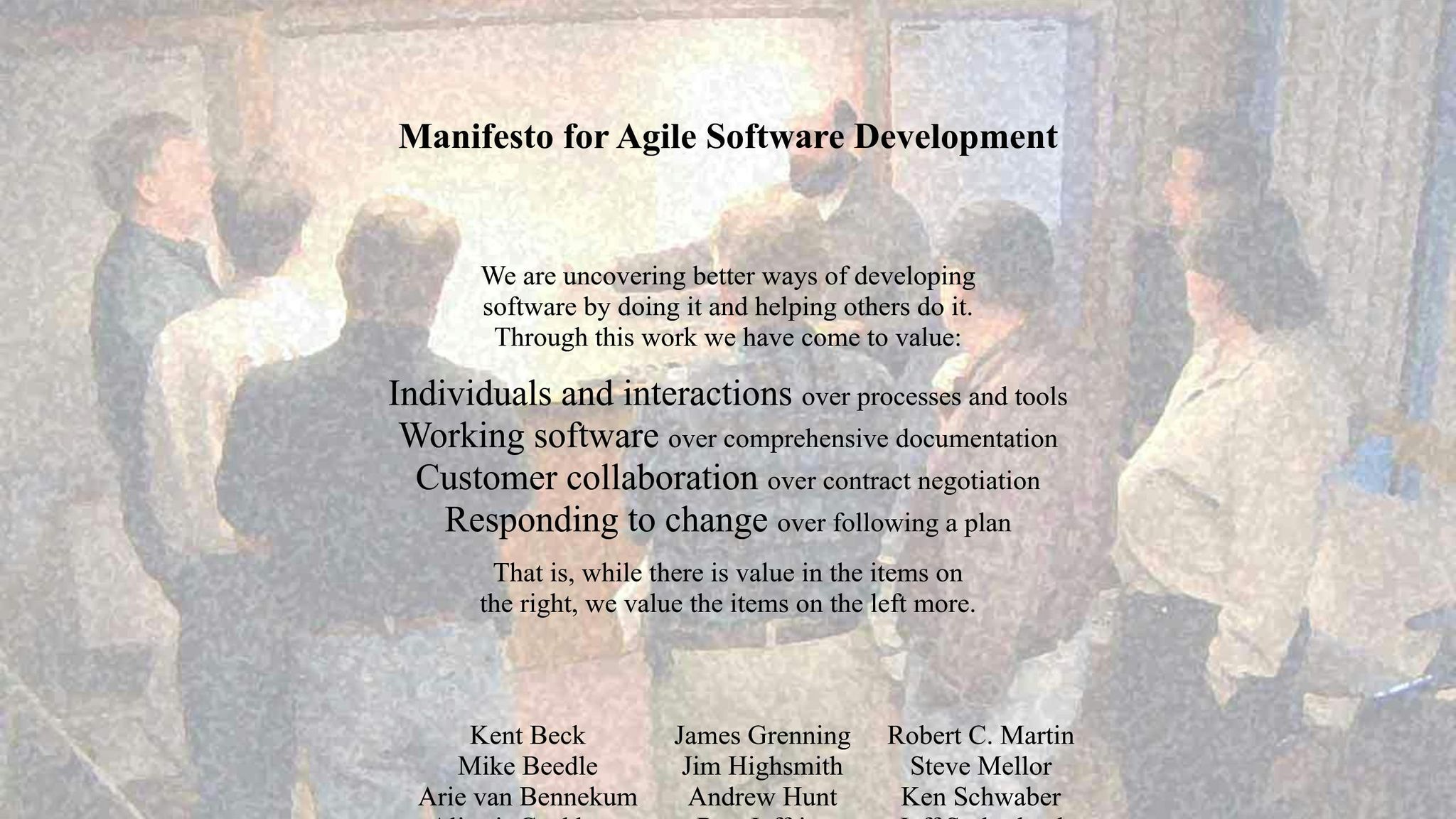Complete Guide to Digital Supply Chain Management

In today's fast-paced, consumer-driven world, supply chain management is no longer just about moving goods from point A to point B. It is a complex, interconnected ecosystem requiring cutting-edge technologies, data-driven decisions, and adaptive methodologies to deliver value to businesses and customers alike. This article explores the transformative impact of digital tools, agile principles, and user-centric methodologies on modern supply chain management (SCM). Whether you’re managing a $10M e-commerce brand or scaling a venture-backed health-tech startup, understanding these evolving dynamics is critical to achieving operational excellence.
Introduction to Digital Supply Chain Management
Every product we purchase undergoes a long journey from raw materials to the consumer. This journey, traditionally overseen through labor-intensive processes, has been revolutionized by advancements in Artificial Intelligence (AI), Internet of Things (IoT), and blockchain technologies. These innovations enable businesses to streamline operations, reduce costs, and meet consumer demands faster and more efficiently.
Digital supply chain management refers to the integration of these cutting-edge technologies into traditional supply chains, transforming how businesses track inventory, manage shipments, optimize logistics, and predict consumer behavior. This transition is essential for companies aiming to compete in an era where speed, transparency, and sustainability dominate.
The Agile Approach: A Game Changer in Supply Chain
One of the most significant shifts in modern supply chain management is the adoption of agile methodologies. Agile was initially developed to address inefficiencies in software development, but its principles have become invaluable across industries. Here's how agile works in supply chains:
Agile Manifesto Principles

The Agile Manifesto outlines key values that prioritize:
- Individuals and Interactions over rigid processes.
- Working Solutions over exhaustive documentation.
- Customer Collaboration over contract negotiation.
- Responding to Change over following static plans.
In supply chains, these principles translate into flexibility, collaboration across functions, and an iterative approach to addressing challenges. For example, a company might quickly adapt to a supply disruption caused by unforeseen market shifts by reorganizing its priorities and collaborating with suppliers in real-time.
Core Agile Practices for Supply Chain Success
1. Iteration and Continuous Delivery
Agile supply chains focus on breaking down operations into small, manageable "sprints" (time-boxed intervals). Each sprint delivers incremental value, such as launching a sustainable packaging initiative or optimizing a shipping route. These iterative cycles reduce the risk of large-scale failures and ensure continuous improvement.
2. Collaborative Team Structures
Cross-functional collaboration is a hallmark of agile. Supply chain teams integrate logistics experts, digital analysts, customer support professionals, and other stakeholders, ensuring that every input aligns with the broader company objectives.
3. Customer-Centricity
With rapidly changing consumer behaviors, agile supply chains emphasize constant feedback loops. Companies that maintain close relationships with customers can proactively adapt, ensuring their satisfaction while preventing operational bottlenecks.
4. Real-Time Data Utilization
Agile thrives on transparency and informed decision-making. Leveraging IoT, RFID tracking, and AI insights, supply chain teams can visualize material flows, track bottlenecks, and adapt their strategies without delay.
Integrating Emerging Technologies in Supply Chains
The integration of advanced technologies has taken agile supply chains to the next level. Below are some of the most impactful innovations:
1. Artificial Intelligence (AI)
AI-powered forecasting tools analyze historical data, market trends, and external factors like weather or geopolitical shifts. For instance, retailers use AI to predict variations in consumer demand, minimizing overstock and wastage.
2. Internet of Things (IoT)
IoT sensors monitor conditions in warehouses or during transit. A pharmaceutical company transporting temperature-sensitive items, for example, can use IoT to ensure compliance and mitigate risks of product spoilage.
3. Blockchain for Transparency
Blockchain technology enhances supply chain transparency by creating decentralized, tamper-proof ledgers. Customers can trace the origin of a product (e.g., ethically sourced materials), while manufacturers can ensure compliance with regulations.
4. ERP Platforms
Enterprise Resource Planning (ERP) platforms, such as SAP or Oracle, centralize data across procurement, inventory, and logistics, enabling a seamless flow of information across departments.
User Stories: A Focus on Human-Centered Design
The concept of user stories plays a pivotal role in agile project management. A user story represents a specific need or goal from the end user’s perspective, ensuring that the solution delivers tangible value. For example:
User Story Example: "As a warehouse manager, I want real-time tracking of inbound shipments so that I can optimize storage allocation and reduce lead times."
By adopting user stories, supply chain teams can identify pain points and tailor solutions for diverse roles, from procurement officers to delivery agents.
Modern Challenges in Supply Chain Management
Despite technological advancements, supply chains face several challenges:
- Rising Costs: Inflation and volatile fuel prices increase operational expenses.
- Global Disruptions: Pandemics, political instability, and natural disasters threaten continuity.
- Sustainability: Consumers now demand eco-friendly practices, adding pressure to reduce carbon footprints.
- Talent Shortages: Finding skilled professionals in logistics and analytics remains a top concern.
By applying agile principles and leveraging technology, businesses can mitigate these risks and unlock long-term resilience.
Key Takeaways
- Agile Delivers Flexibility: Agile principles enable businesses to quickly adapt to market changes, ensuring customer satisfaction and operational continuity.
- Technology Enhances Transparency: IoT, AI, and blockchain provide real-time visibility, empowering teams to make data-driven decisions.
- Customer-Centricity is Essential: Design operations around user needs and gather continuous feedback to refine processes.
- Iterative Improvement: Break down large projects into smaller, manageable cycles to reduce risk and ensure consistent progress.
- Risk Mitigation: Agile and digital tools provide the flexibility to respond to disruptions like supply chain shocks or evolving consumer demands.
- Automation Matters: ERP systems and machine learning models reduce manual workloads, optimize resources, and improve accuracy.
Conclusion
Digital supply chain management represents a paradigm shift in how businesses operate. By blending agile methodologies with technologies like AI and blockchain, companies can achieve unparalleled efficiency, scalability, and customer satisfaction. Whether you’re handling 3,000 orders per month or scaling to 30,000, embracing an agile, technology-driven approach ensures that your supply chain remains robust in the face of growing competition and global complexities. Now is the time to align your operations with the future of supply chain management - modern, responsive, and customer-driven.
Source: "Supply Chain Management Full Course 2025 | Digital Supply Chain Management Tutorial | Simplilearn" - Simplilearn, YouTube, Sep 25, 2025 - https://www.youtube.com/watch?v=bZU6b8R22Uk
Related Blog Posts
Related Articles

Premium Packaging for E-commerce Brands

3PL Returns Handling: Step-by-Step Guide

